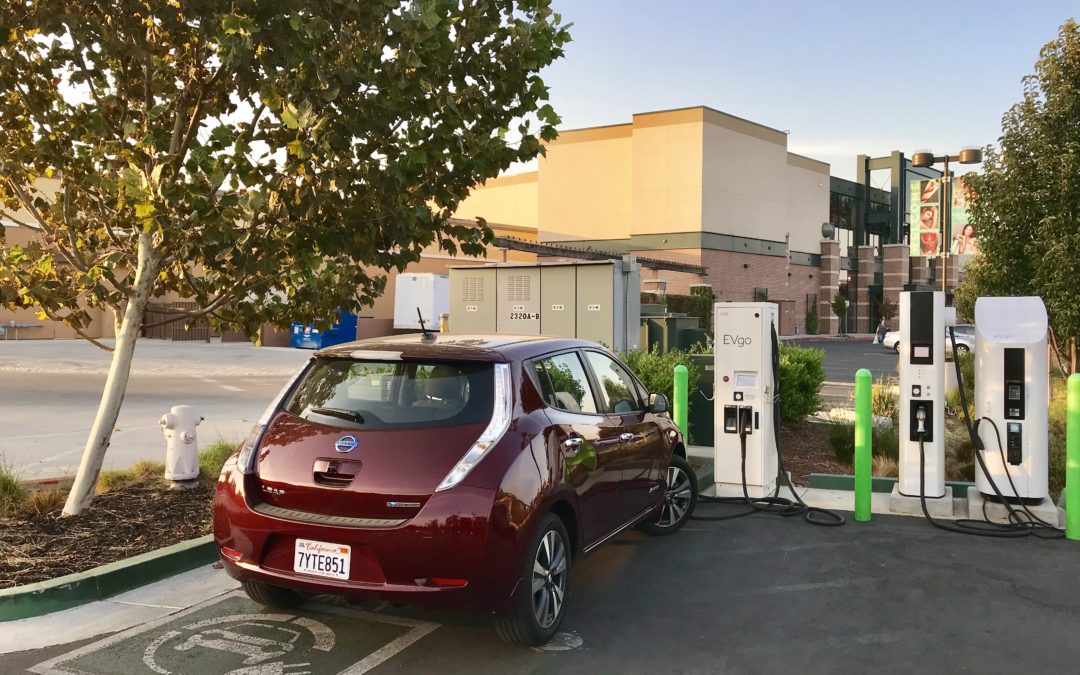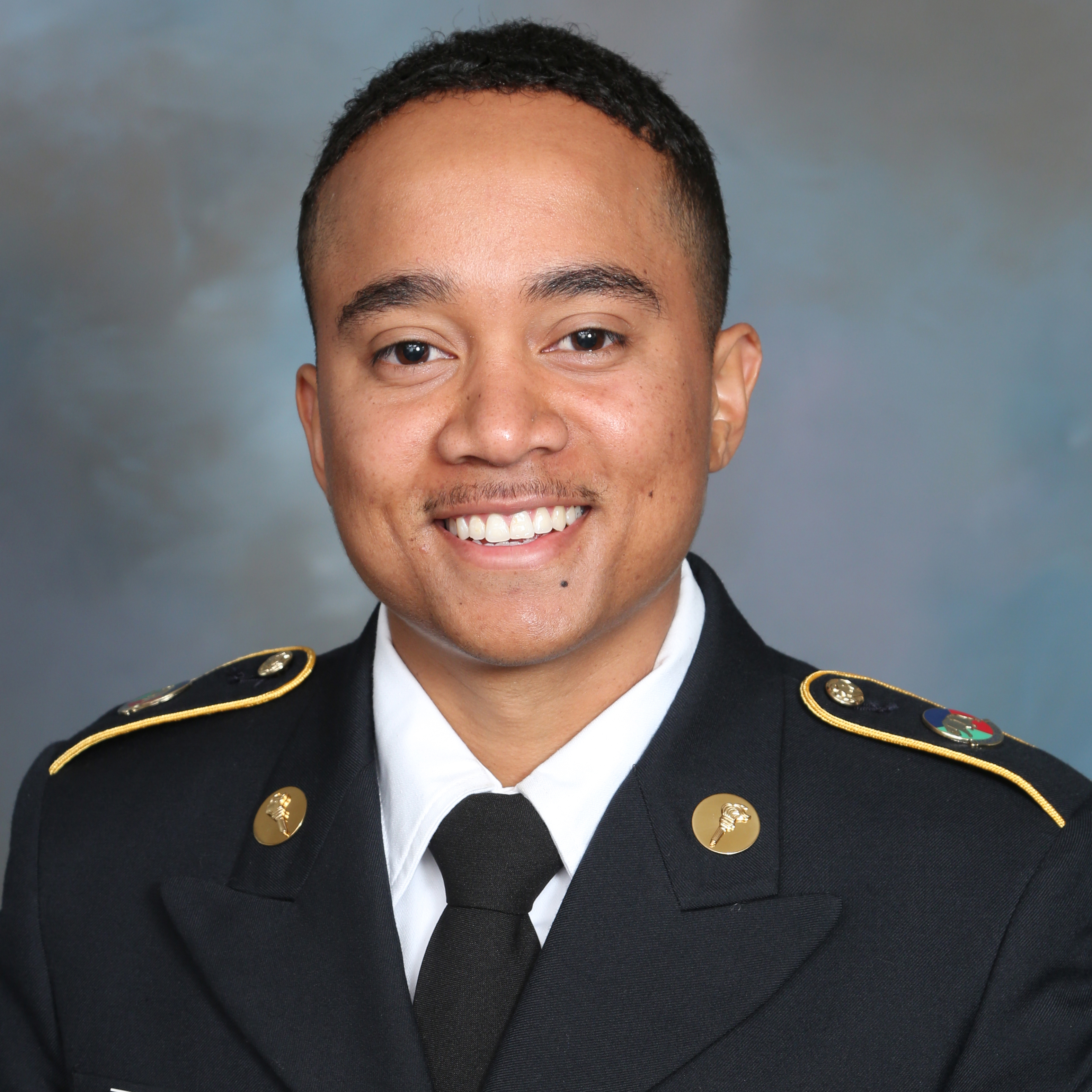
Here’s Your Chance to Comment on How Cap and Trade Money is Spent
The state is offering an opportunity for the public to see and comment on the new 3-year plan for spending the money raised by sale of Greenhouse Gas (GHG) emission allowances. These are permits to emit the equivalent of a ton of carbon dioxide. In the past 3-year period about $6 billion in auction proceeds were raised, so this is a substantial pile of money. Of the total, 60% is earmarked for certain investments by statute, the largest being 25% for High Speed Rail. For the remaining 40%, the legislature has set multiple competing priorities. The 3-year plans are the way the state intends to balance all these priorities and arrive at a set of allocations. This is the third 3-year plan covering FY 19-20 to FY21-22.
Among the original high priorities was several to advance clean tech: (1) increasing energy efficiency and renewable energy, (2) decreasing dependence on fossil fuels in transportation, (3) reducing water use., and (6) funding RD&D on innovative technologies. Those are some very favorable categories for clean companies. The state has a lot of people clamoring to get this money, and with each plan the general public gets a chance to have its say. Once the allocation plan is adopted, then applications for projects that qualify under each allocation are reviewed and funding decisions made. You can get the document here to get an idea of what is being sought. If you can come up with a project that fits the descriptions in the plan, you might be able to get it funded.
If you want to make a comment on the allocation decisions you can submit comments electronically until September 14 by following this link.

ABOUT THE AUTHOR
Gary Simon is the Chair of CleanStarts Board. A seasoned energy executive and entrepreneur with 45 years of experience in business, government, and non-profits.









